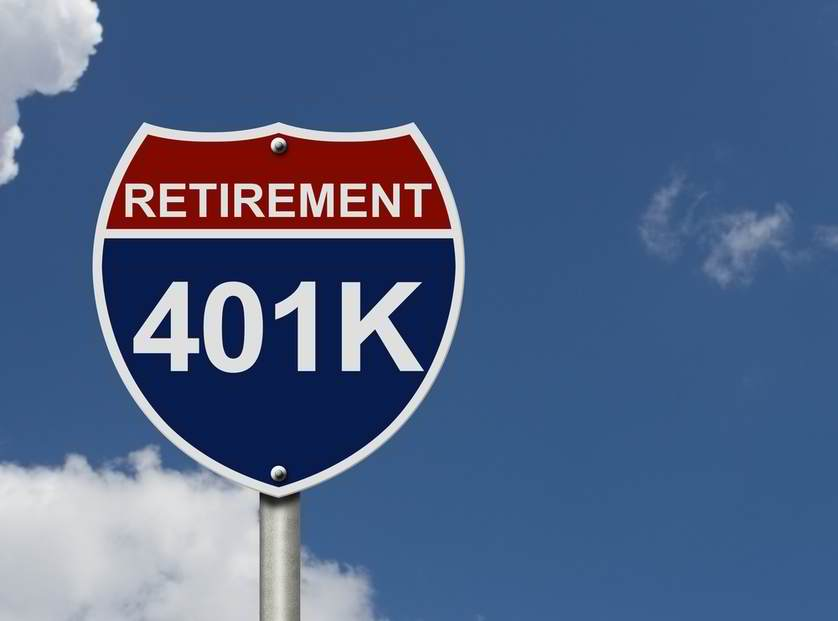
Your employer-sponsored 401(k) is one of the most powerful long-term investment tools you’ve got. But a lot of millennials worry about the amount they’re saving.
“I get this question all the time: How much should I have in my 401(k)?” personal finance expert Ramit Sethi tells CNBC Make It.
It’s an important question to answer. About 47 percent of millennials (defined here as those ages 25 to 34) have access to a workplace retirement plan like a 401(k), according to a recent academic report from Stanford University. And of those, around 91 percent participate.
Yet many are less than confident in their future. More than any other generation, millennials say they’re worried about their financial security in retirement, according to a recent survey published by the National Institute on Retirement.
While there’s no “one-size-fits-all” answer to the question of how much to save in your 401(k), Sethi says there are some simple rules to keep in mind to help you get the most out of your savings and, hopefully, give you a little peace of mind.How much should you save?
Sethi, the best-selling author of “I Will Teach You to be Rich,” says he always strives to be the overachiever, to get the A+. So when people ask him how much to save in a a 401(k), Sethi’s response is simple. “You should have maxed it out every year since you were 22,” he says.
But if you didn’t do that, it’s OK, Sethi says: “The next best thing we can do is to take full advantage of it from here on out.”
In 2019, you can contribute up to $19,000 in your 401(k), and if you’re over 50 you have some additional opportunities to contribute even more. And if your employer matches, that’s extra money on top of whatever you can put aside.
“It can be a phenomenal opportunity for you,” Sethi says.
Even if you’re a little further in your career, you still may not be able to max out your 401(k) every year. If that’s the case, then Sethi says you should at least make sure you’re taking advantage of any employer match that’s offered.
Once you start investing in your 401(k), no matter how much you’re putting in on an annual basis, there are some rules of thumb that can help you figure out where you should be at each age. Think of these as a rough estimate you can reference as you get close to these milestone birthdays:
- At 30 years old: have at least one year’s income invested (so if you make $50,000 a year, that’s how much you should have in your 401(k) by age 30)
- At 40 years old: have at least three years’ income invested
- At 50 years old: have at least five years’ income invested
How does a 401(k) fit in with your other financial accounts?
Investing in your 401(k) is just the first step in creating a secure financial future, Sethi says. He recommends thinking about your savings as a ladder.
On the first rung you should contribute to your 401(k). Again, if you can’t max it out, save at least enough to meet the share that your company matches. And once you have the account set up, consider investing your 401(k) dollars in a target-date fund, suggests Sethi, since that kind of a fund is a popular, low-cost and effective solution that does the balancing for you and largely takes the work out of your hands.
On the side, you should be saving up an emergency fund as well. Sethi recommends aiming to have six months worth of living expenses saved up.
The next rung is all about paying off any debt you’ve got. The interest on your debts, particularly if it’s something like credit card debt, can add up quickly.
If you’ve still got money leftover after that, you should focus next on contributing to a Roth IRA. The 2019 limit for this is $6,000 a year, according to the IRS.
Still have money left to invest? If you aren’t maxing out your 401(k) in the first step, then go back to your 401(k) and add any extra money you have leftover so you’re getting as close as possible to maxing it out, Sethi says.
Finally, if you have any more cash to save, create a taxable, non-retirement brokerage account and invest in low-cost, long-term funds, Sethi recommends. Keep your savings in this account for mid- and long-term goals, such as a down payment on a house.























